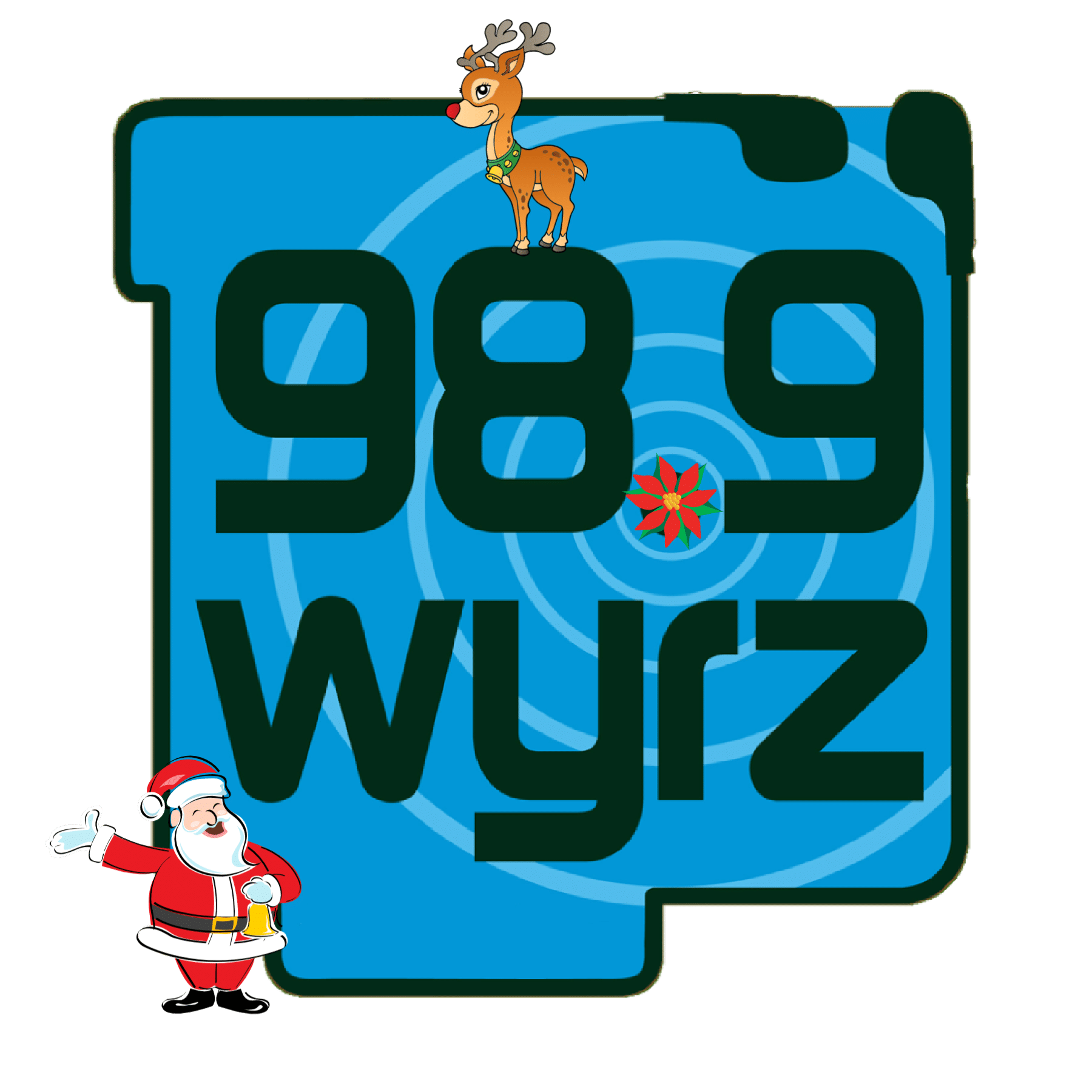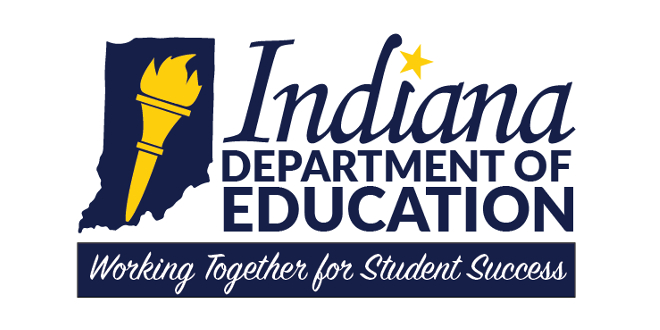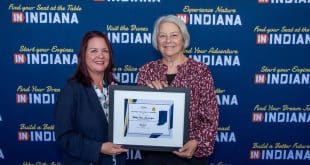INDIANAPOLIS – The Indiana Department of Education today presented updated findings from a study on COVID-19’s academic impact on student learning. The results show that while learning is stabilizing or recovering for many Indiana students, innovative and collaborative accelerated learning activities must be implemented to increase academic momentum for all Hoosier students.
“Today we’re seeing the positive collective impact we can have when educators, communities and families come together to support our students’ learning,” said Dr. Katie Jenner, Indiana Secretary of Education. “Foundational learning in English/language arts and math is stabilizing or recovering for most of our students, and Indiana’s educators and students should be proud of this progress. At the same time, we must continue to aggressively pursue innovative solutions to best support all of our students, especially our students who are still overcoming the challenges posed by the pandemic, as well as students who were underperforming prior to the pandemic.”
Indiana has partnered with the National Center for Assessment for the last two years to measure academic impact from pandemic-related learning disruptions. While students have attended school in person full time during the last two years, this study analyzes student assessment data and categorizes the speed of students’ academic improvement into three impact levels: recovering, stabilizing and declining.
- Learning is recovering for many students in math, following a significant academic impact in math observed following the 2020-2021 school year. For these students, the speed of their recovery is the strongest, outpacing a year’s worth of learning. This pace of learning may allow students to attain the level of learning they would have reached without pandemic-related learning disruptions.
- Learning is stabilizing for many early grade students in English/language arts, following a moderate to significant academic impact in English/language arts observed in the 2020-2021 school year. For these students, they are rebounding from learning disruptions related to the pandemic. However, additional support is needed in order for these students to reach recovery and attain learning they would have reached without pandemic-related learning disruptions.
- Learning is declining for a smaller number of students in both English/language arts and math. For these students, learning is stalled or deteriorating and they continue to experience additional academic impacts slowing their progress. Intensive support is needed for these students to recover to the level of learning they would have achieved without pandemic-related learning disruptions.
This year’s analysis also shows some student populations have not stabilized or recovered at the pace of other student populations in English/language arts, including English learners and Hispanic students, and will need additional support to accelerate learning. Without meaningful intervention, significant gaps may continue to persist compared to the general student population.
The study includes an analysis of multiple assessment data points, including statewide results from the spring 2022 Indiana Learning Evaluation and Readiness Network (ILEARN) assessment. ILEARN, which meets state and federal assessment requirements, was previously administered in 2019 and in 2021. It assesses proficiency in content standards in English/language arts and math in grades three through eight, science in grades four and six, social studies in grade five, and U.S. Government and biology in high school. Each state conducts its own annual assessment, and ILEARN is an Indiana-specific assessment. Therefore, ILEARN results cannot be compared to results from other states.
This year, more than 99% of students in these grades statewide participated in this year’s ILEARN assessment, which were all conducted in person. The results show that most grade levels and student populations increased their proficiency rates in English/language arts and math by one to four percentage points compared to 2021. Statewide, 41.2% of Indiana’s students are at or above proficiency standards in English/language arts, and 39.4% of students are at or above proficiency standards in math. This means that Indiana’s rate of student learning is increasing, but that many students have not caught up to where their learning should be today.
Full ILEARN results, as well as results from other assessments, are available here. Results from this year’s assessment and the academic impact study show the following areas of success –
- Students are either stabilizing or recovering in math across grade levels, with proficiency rates in math from 2021 to 2022 increasing by two to four percentage points.
- Students in early grades are either stabilizing or recovering in English/language arts, with proficiency rates in English/language arts from 2021 to 2022 increasing by one to two percentage points.
- Special education students are stabilizing or recovering in math with a 1.6 percentage point increase in math proficiency rates.
- Proficiency rates in English/language arts and math are gradually increasing for Indiana’s racially and ethnically diverse students.
- Black students outpaced White students in English/language arts proficiency rate increases, with Black students’ English/language arts proficiency up 1.7 percentage points compared to 2021.
- American Indian, Black, Hispanic, Multiracial and White students all gained 2.5 percentage points in math proficiency rates.
- Students receiving free or reduced price meals had an increase in English/language arts proficiency rates of 1.1 percentage points and an increase in math proficiency rates of 2.6 percentage points.
Results from this year’s assessment and the academic impact study show the following areas in need of improvement –
- Learning outcomes are declining for Indiana’s lowest performing students. They are not demonstrating improvement, either by stabilizing or recovering.
- Despite English learners experiencing a 2.2 percentage point increase in English/language arts proficiency rates and a 2.9 percentage point increase in math proficiency rates, their proficiency rates remain significantly below their grade level peers and their academic growth is not at the pace of other student populations. Therefore, English learner students have a lower rate of recovery in English/language arts, especially in middle grades, compared to their peers.
Academic recovery will require multiple years of accelerated learning to make sure that every Indiana student has the opportunity to achieve success, and every student will require different levels and types of support to get back on track. While many Indiana students are experiencing learning growth, educators, communities and families must continue to come together to work to accelerate learning for all of Indiana’s students.
“To positively change outcomes for our students, we must act with urgency to chart an innovative path to academic recovery,” said Jenner. “Pre-pandemic education models must be reimagined to meet our students where they are and propel them toward success. Together with our legislative, community, family, and educator partners, we must double-down to bring everyone to the table to implement new, intentional and focused solutions that provide additional support for our students.”
To boost this important work, Indiana Department of Education is leading innovative initiatives to support schools, educators and students, including the launch of –
- A more than $150 million state-funded grant program to help schools and community partners support accelerated learning for students through summer and before-, after- school programming;
- The Indiana Graduates Prepared to Succeed performance dashboard (beginning fall 2022);
- An initiative to provide extra support to schools in literacy and science, technology, engineering and math (STEM) instruction through a focus on instructional coaching for educators;
- Parent microgrants for high-impact tutoring (beginning fall 2022);
- The Indiana Learning Lab to provide educators and families with expanded online resources, including in literacy, STEM, digital, special education, and English learner instruction;
- A first-of-its-kind partnership with Get Your Teach On, providing educators with interactive professional development and support; and,
- A partnership with Schoolhouse.world to remove financial barriers to tutoring opportunities.






